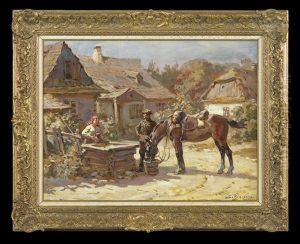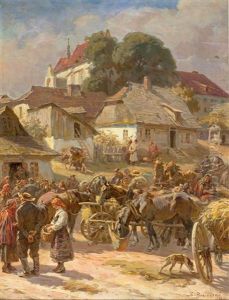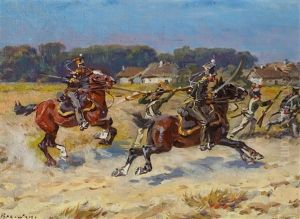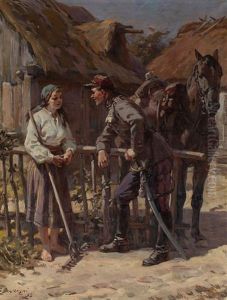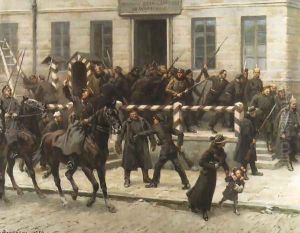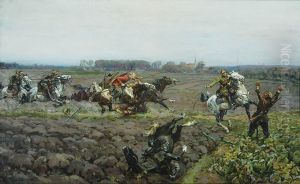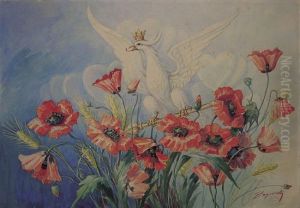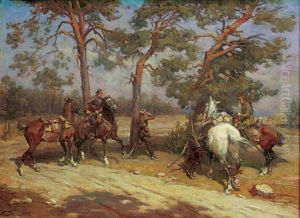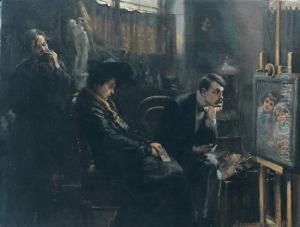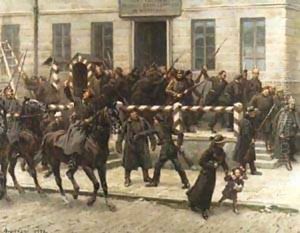Stanislaw Bagienski Paintings
Stanislaw Bagienski was a Polish artist, born in 1869 in Warsaw, Poland, and passed away in 1926. He was a multifaceted artist known for his contributions to painting, graphic design, and illustration. Bagienski's work was deeply influenced by the Art Nouveau movement, which was at its peak during his active years as an artist. His style, characterized by organic forms, intricate patterns, and a dynamic use of color, reflected the era's fascination with nature, beauty, and the decorative arts.
Bagienski's education in art began in Warsaw, but his quest for knowledge and inspiration led him to study and work in various cultural centers across Europe, including Paris and Munich. These experiences enriched his artistic vision, allowing him to blend different styles and techniques into his work. Despite the influences of Western European art trends, Bagienski's work often depicted themes and subjects from Polish folklore and history, showcasing his deep connection to his homeland's cultural heritage.
Throughout his career, Bagienski participated in numerous exhibitions, both solo and group, gaining recognition in Poland and abroad. His illustrations for books and magazines were particularly celebrated, combining his artistic skill with a keen sense for narrative and decoration. Bagienski's contribution to the visual arts extended beyond his own creations; he was also involved in education, teaching the next generation of artists and promoting the arts within the Polish community.
Sadly, Stanislaw Bagienski's life and career were cut short when he died in 1926. Despite his relatively brief career, his work left a lasting impact on the Polish art scene and continues to be admired for its beauty, complexity, and cultural significance. Bagienski remains a notable figure in the history of Polish art, remembered for his unique blend of artistic innovation and national identity.


